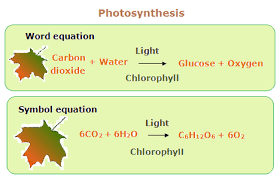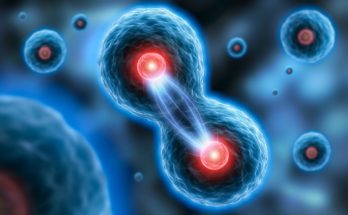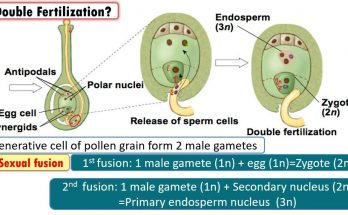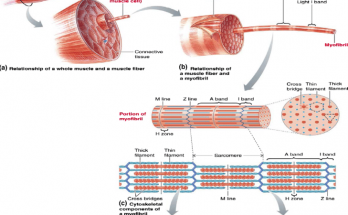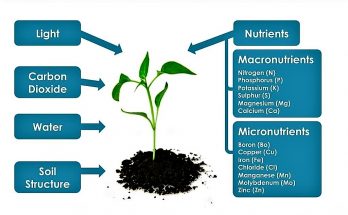
Chapter 1- Nutrition in Plants -Class 7 – Detailed Notes
Nutrition in plants encompasses various processes, including photosynthesis, where chlorophyll in leaves captures sunlight to convert carbon dioxide and water into glucose and oxygen. Stomata, tiny openings on leaves, facilitate gas exchange. Other modes of nutrition include parasitic plants, insectivorous plants that capture and digest prey, and saprotrophic nutrition involving decomposers. Symbiotic relationships, like with Rhizobium bacteria, aid nutrient replenishment in the soil.
Chapter 1- Nutrition in Plants -Class 7 – Detailed Notes Read More